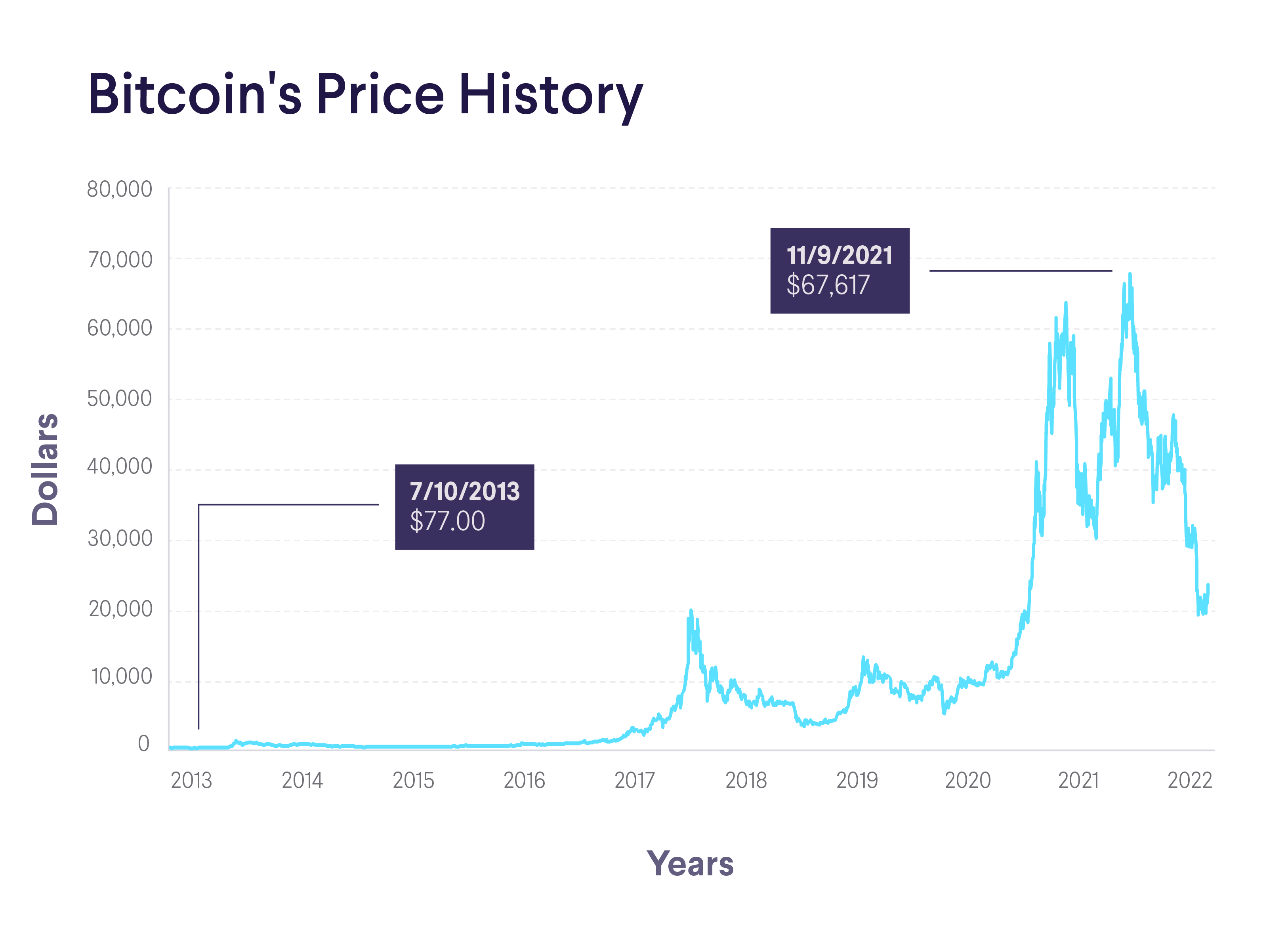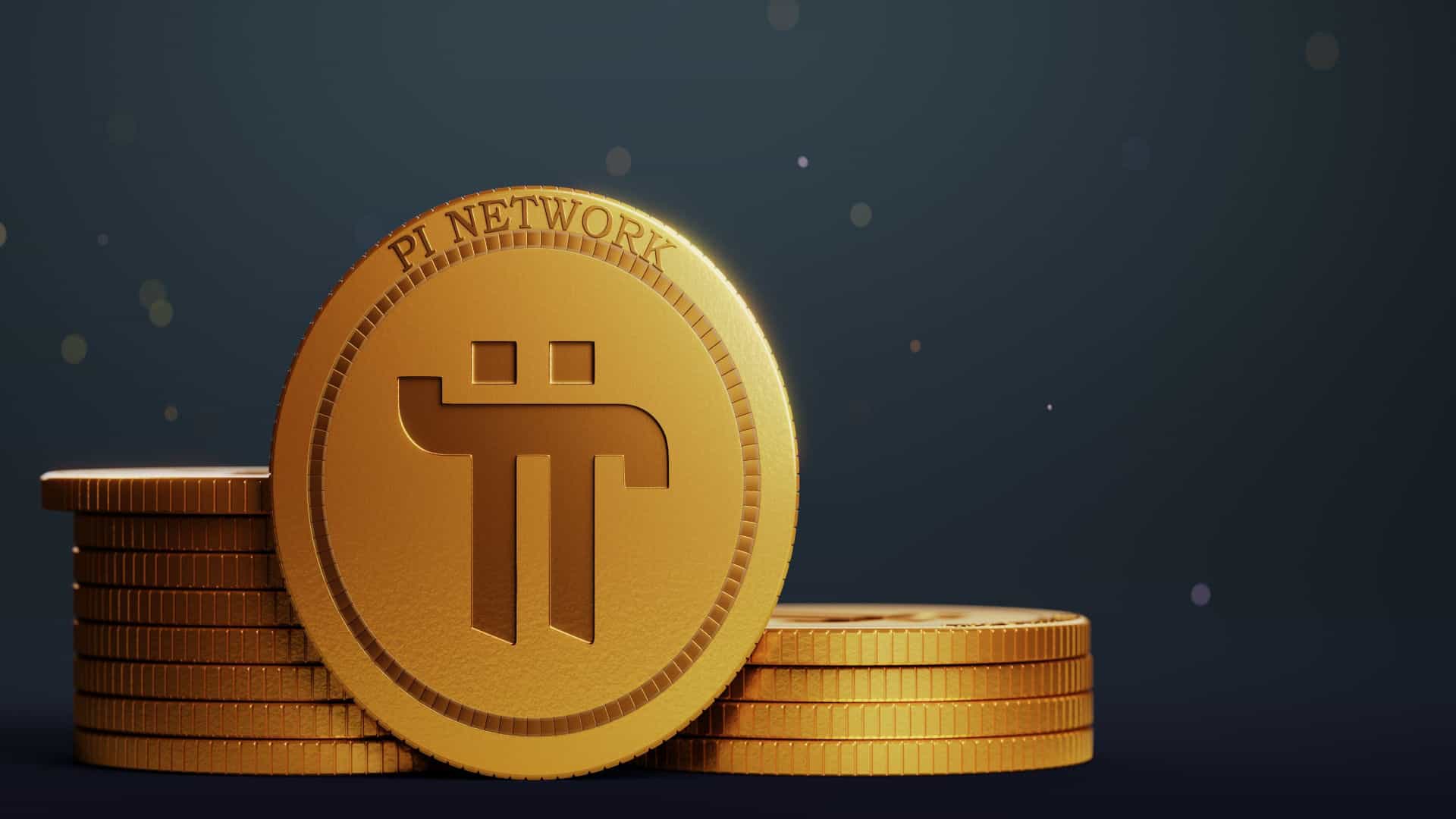Cryptocurrency
That said, some service providers that accept fiat and send BTC to user wallets may take longer than ten minutes to facilitate transactions. This may be due to waiting for fiat payments to settle, batch processing, or AML (Anti Money Laundering) regulations, among other reasons https://casinolistaustralia.com/.
In the traditional financial system, a trusted third party tends to be a large financial institution. Bitcoin’s vision of eliminating them from the settlement system is often considered an immediate reaction to the global financial meltdown of 2008, caused by Wall Street’s handling of financial instruments like mortgage-backed securities.
Bitcoin has not been premined, meaning that no coins have been mined and/or distributed between the founders before it became available to the public. However, during the first few years of BTC’s existence, the competition between miners was relatively low, allowing the earliest network participants to accumulate significant amounts of coins via regular mining: Satoshi Nakamoto alone is believed to own over a million Bitcoin.
The original reward of 50 BTC per mined block as of the genesis block has been halved several times to 25, 12.5, and, as of 11 May 2020, to 6.25 BTC. The Bitcoin protocol dictates that these Halvings take place every 210,000 blocks. Once the limit of 21 million BTC is reached, miners will no longer receive block rewards, but they will still receive transaction fees.

Pi network cryptocurrency
Some critics say this isn’t “real” mining but more of a way to give out tokens and build a crowd. The Pi you earn is often seen as a placeholder that becomes real once it’s moved to the Mainnet. There’s a ceiling of 100 billion Pi tokens (65% for community mining, 20% for the Core Team, 10% for a foundation, 5% for trading). They also have a “halving” system to slow down how many new Pi are made, controlling inflation. The amount of Pi you can actually use goes up as more people pass KYC and transfer their Pi to the Mainnet.
At its peak, Pi Coin hit $2.90, but concerns over regulatory issues (thanks to its referral-based model) and criticism from crypto leaders — like the Bybit CEO calling it a scam — have kept the project under the spotlight for the wrong reasons. The Pi team, though, has consistently denied those accusations.
A Pi ecosystem announcement will be released on May 14. Tune in to find out what’s coming next #pinetwork 🏎️🚖🚀$PI Spoiler alert: A large number of developer ecosystem applications are being reviewed, and many ecosystem applications will be listed @PiCoreTeam @pibartermall

Some critics say this isn’t “real” mining but more of a way to give out tokens and build a crowd. The Pi you earn is often seen as a placeholder that becomes real once it’s moved to the Mainnet. There’s a ceiling of 100 billion Pi tokens (65% for community mining, 20% for the Core Team, 10% for a foundation, 5% for trading). They also have a “halving” system to slow down how many new Pi are made, controlling inflation. The amount of Pi you can actually use goes up as more people pass KYC and transfer their Pi to the Mainnet.
At its peak, Pi Coin hit $2.90, but concerns over regulatory issues (thanks to its referral-based model) and criticism from crypto leaders — like the Bybit CEO calling it a scam — have kept the project under the spotlight for the wrong reasons. The Pi team, though, has consistently denied those accusations.
Cryptocurrency
On 6 August 2014, the UK announced its Treasury had commissioned a study of cryptocurrencies and what role, if any, they could play in the UK economy. The study was also to report on whether regulation should be considered. Its final report was published in 2018, and it issued a consultation on cryptoassets and stablecoins in January 2021.
In 1996, the National Security Agency published a paper entitled How to Make a Mint: The Cryptography of Anonymous Electronic Cash, describing a cryptocurrency system. The paper was first published in an MIT mailing list (October 1996) and later (April 1997) in The American Law Review.
In 1983, American cryptographer David Chaum conceived of a type of cryptographic electronic money called ecash. Later, in 1995, he implemented it through Digicash, an early form of cryptographic electronic payments. Digicash required user software in order to withdraw notes from a bank and designate specific encrypted keys before they could be sent to a recipient. This allowed the digital currency to be untraceable by a third party.
Another method is called the proof-of-stake scheme. Proof-of-stake is a method of securing a cryptocurrency network and achieving distributed consensus through requesting users to show ownership of a certain amount of currency. It is different from proof-of-work systems that run difficult hashing algorithms to validate electronic transactions. The scheme is largely dependent on the coin, and there is currently no standard form of it. Some cryptocurrencies use a combined proof-of-work and proof-of-stake scheme.